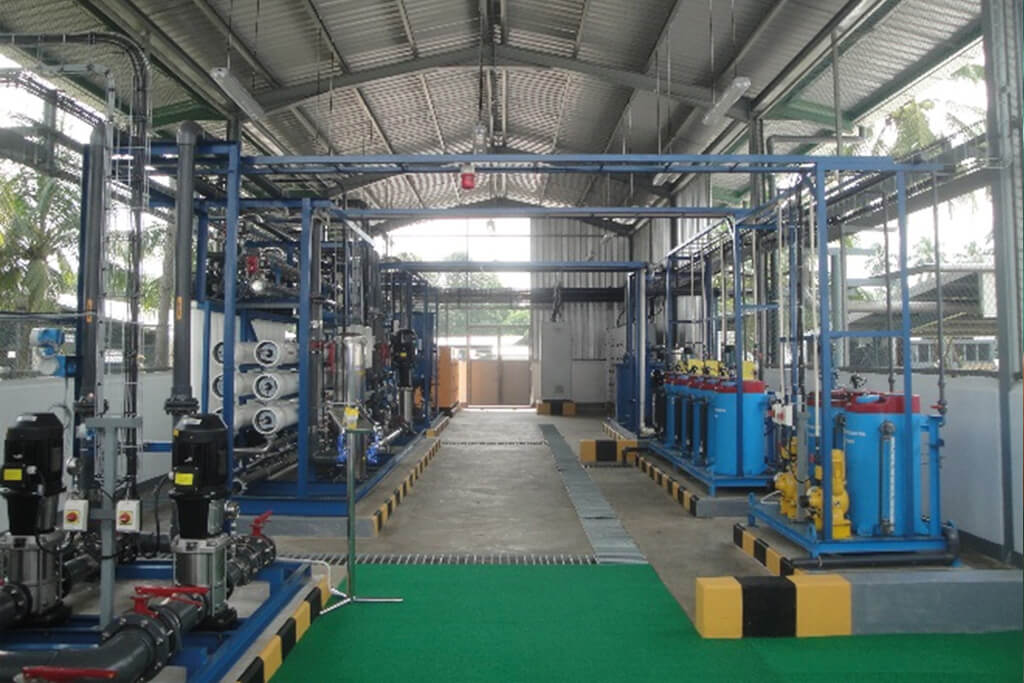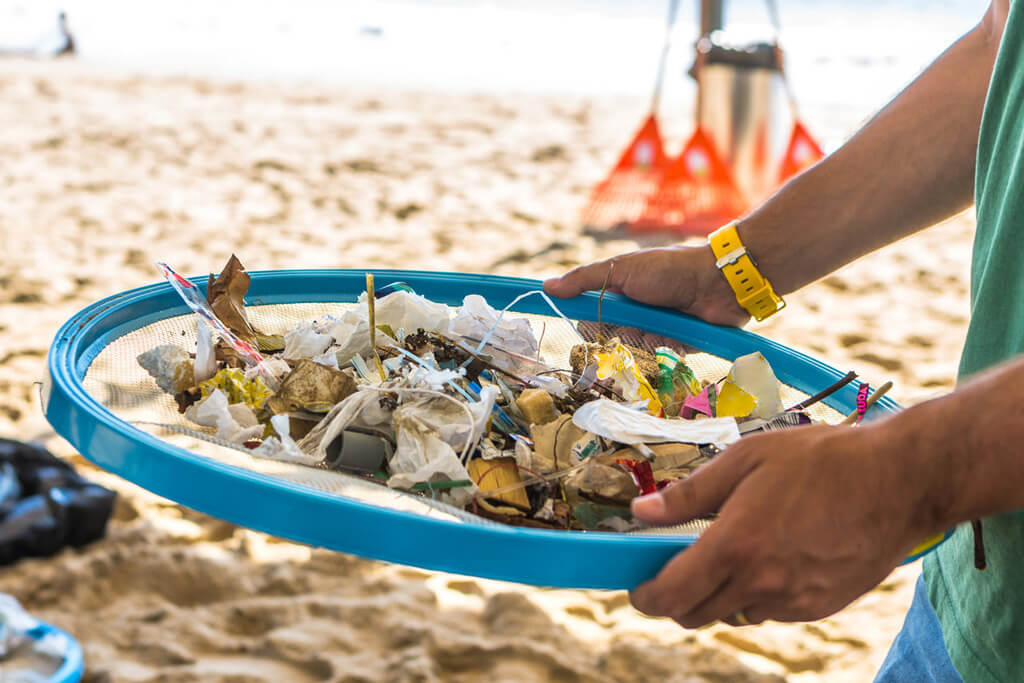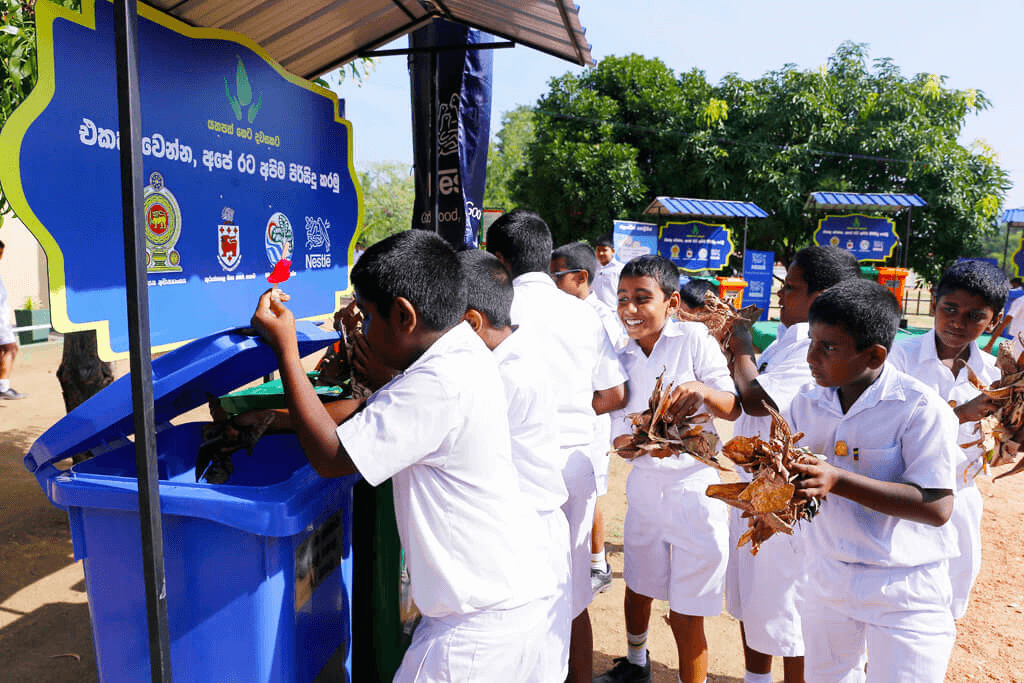Acting on climate change
Tackling climate change can’t wait and neither can we

Climate change is one of the biggest threats to our society, and to the future of our business. We are committed to reducing greenhouse gas (GHG) emissions from our operations by improving energy efficiency and switching to renewable sources. Here are a few ways in which we have effectively reduced the GHG emissions across the value chain.
Our commitment and roadmap
We have committed to reduce our emissions across the value chain by 20% by 2025, 50% by 2030 and achieve net zero emissions by 2050.
To achieve this:
-
We will use 100% renewable electricity in our sites, including our factory, warehouses, logistics and offices by 2025
-
We will make our distribution networks and warehouses more efficient by optimizing routes to reduce fuel consumption and to lower carbon emissions
-
We are evaluating our products to have a better environmental footprint. This includes assessing the use of more climate-friendly ingredients and making relevant brands carbon-neutral.
-
From 2012-2022, we have reduced our energy use by 13% per tonne of production. We saved 48,790 GJ in 2022 as compared to 2012, which is equivalent to the annual electricity consumption of approximately 15,265 households.
Eliminate
Shredder
Previously, our waste plastic materials were incinerated by an incinerator at our factory premises, which heavily consumed diesel. We have now replaced our incinerator with a shredder that shreds packaging material into particles and we send our solid waste to INSEE for energy recovery. This movement has helped us save approximately 10,000 liters of diesel per annum, also reducing greenhouse gas emissions approximately by 27,000 kg* (CO2) a year. (*basis year – 2015)
Inert gas production
We have also changed our inert gas (Nitrogen) generation technology from burning oxygen to Pressure Swing Absorption (PSA) avoiding CO2 emissions and eliminating our diesel usage.
Reduce
Uninterrupted Power Supply
We have introduced an Uninterrupted Power Supply System for all our critical processing plants and this helps us to avoid operating diesel generators continuously. This initiative allows us to save approximately 1,300 MT* of CO2 annually. (*basis year – 2020)
Uninterrupted Power Supply System
Reverse Logistics
Every day, we transport tonnes of products to our customers. Much of this distribution relies on partnerships with third-party logistics providers. They help us uphold our environmental performance and improve the efficiency of our network by reducing mileage, fuel consumption, greenhouse gas (GHG) emissions, noise and congestion.
Below are some of our key initiatives in this regard:
- Optimizing distribution networks and route planning across our operations - The distribution process has been rationalized in a manner where larger lorries carry goods to the distributors. This way we adhere to the principle of carry more. With more large vehicles being used to carry goods to distributors we reduce the number of vehicles thus reducing emission levels overall.
- Using roadworthy vehicles - We have also made a conscious effort to ensure that the vehicles used for transporting company goods are road worthy and not an environmental liability. Accordingly, each vehicle for the transportation of goods are thoroughly checked.
- Expanding driver training to address both safety and environmental efficiency - we launched ‘Project Suraksha’ to help our Agricultural Service Officers (who work with our dairy farmers) and also milk bowser drivers drive safely and more efficiently. The manner in which vehicles are driven plays a large part in how much fuel is used and the amount of CO2 emitted. Training therefore is extended to creating awareness of heavy acceleration and braking as they have the biggest negative impact on fuel consumption. Practical lessons involve developing Nestlé lorry drivers’ greater awareness and anticipation skills, and encouraging them to keep revs down and make fuel-efficient gear changes.
Renewable
Green Distribution Center
We rebuilt our Distribution Center (DC) in 2016 to be more environmentally friendly with minimum utilization of electricity. Our Distribution Center is equipped with solar power generation, natural ventilation, and sky lights.
Green Distribution Center
De-superheater
We also have a de-superheater that recovers energy emitted from our chiller plant and reuses it to heat up boiler feed water, saving furnace oil by 81 tonnes* per year and reducing greenhouse gas emissions by approximately 250,000 kg* (CO2) annually. (*Basis year – 2020)









